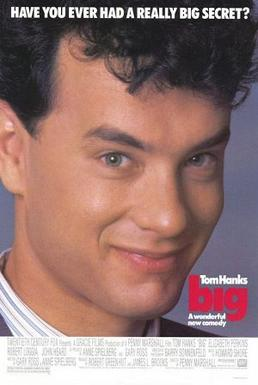Suspension of Disbelief is a term to describe the fact the readers and viewing audiences are willing to set aside critical thinking to enjoy a story.
INTERRUPTING the suspension of disbelief dismantles/unhinges a story. When that happens, the reader gets knocked out of the reading experience, and their logical brain takes over. For example, if you story is about a coven of witches set in in the 1990s, we are willing to suspend disbelief and follow the witches' stories; however, if a character whips out an iPhone - the brain buzzes with -HUHWHAT? Logical brain tells the reader that iPhones weren't around in the 90s, and the suspension of disbelief is dismantled. Don't do that to your readers! To avoid interruptions, writers must follow the rules of the world they initially established.
For example, in Wolfie the Bunny by Ame Dyckman and Zachariah OHora, the protagonist is Dot. She is a bunny child in a bunny family. The ordinary world sets up a dad bunny in a hat and suit; a mom bunny in glasses, dress, and purse; and dot with her hoodie and hairbow. The reader is willing to suspend disbelief and accept that this clothing-wearing bunny family exists, because we want to immerse ourselves in their story. The opening lines shows us the system of logic that we will attach to:
The bunny family came home to find a bundle outside their door.
They peeked. They gasped. It was a baby wolf!
"He's adorable!" said Mama. "He's ours!" said Papa.
"He's GOING TO EAT US ALL UP!" said Dot.
But Mama and Papa were too smitten to listen.
The system of logic - Dot sees the bundle is a baby wolf, and so she is afraid of the future. But Mama and Papa are too smitten to listen. It goes on that the adults in the neighborhood are also smitten, and the kids in the hood are wise. What is Dot to do? How will she save her family as the wolf grows? That is the story question and logic system we are willing to follow.
If the writer goes 3/4 of the story and suddenly inserts a magical unicorn to solve the problem when no magic has been setup, then the system of logic falls apart. The suspension of disbelief is dismantled, and the story no longer works. Readers will get knocked out of the story and think, "This is too far fetched." Sure, they were willing to believe in this bunny family, but magic? No. Because it was not part of the original logic system. Readers want to enjoy a story rather than have their brains take over (cue interruption) and question the logic system.
Let's take a look at my favorite 1988 movie, Big, starring Tom Hanks.
“After a wish turns 12-year-old Josh into a 30-year-old man, he heads to New York City and gets a low-level job at a Toy Company. A chance encounter with the owner of the company leads to a promotion testing new toys. Soon a fellow employee takes a romantic interest in Josh. However, the pressure of living as an adult begins to overwhelm him, and he longs to return to his simple, former life as a boy.”
The system of logic in Big is that Hank's character (Josh) makes a wish and suddenly becomes "big" - he grows into the body of a 30-year-old but he still has the mind and brain development of a 12-year-old. Therefore, that system of logic is a 12-year-old walking around in a man's body. The suspension of disbelief, however, would come unhinged if he was suddenly capable of driving a car or doing complex accounting, because that is not part of his 12-year-old character's brain
Our ability to suspend disbelief allows us to have fun in unusual worlds. For example, the intricate logic system deliberately set up in Star Wars allows us to suspend disbelief and step into a galaxy far far away. How did they do this so well? They establish a consistent, well-defined universe with clear rules around the "Force" to make way for elements like the lightsabers, telekinesis, and other powers that have limitations and internal logic.
THE KEY: The logic system and rules of the world are established in the setup.




